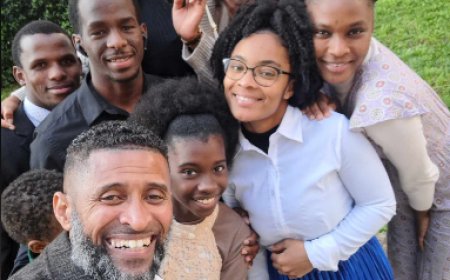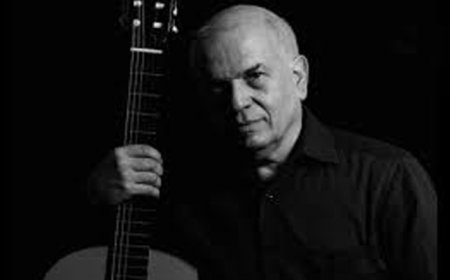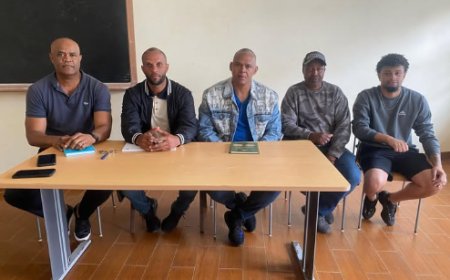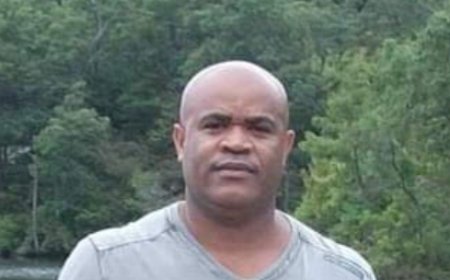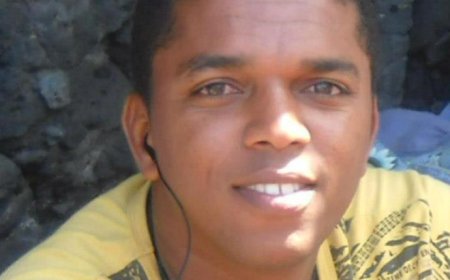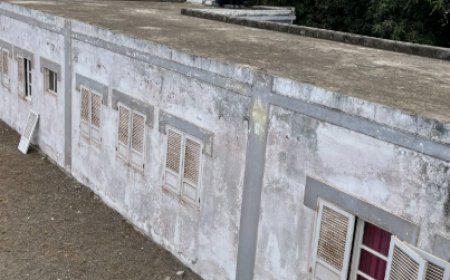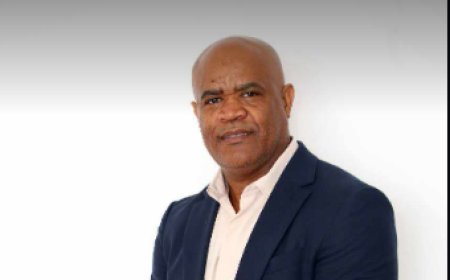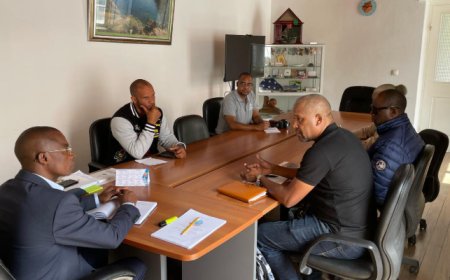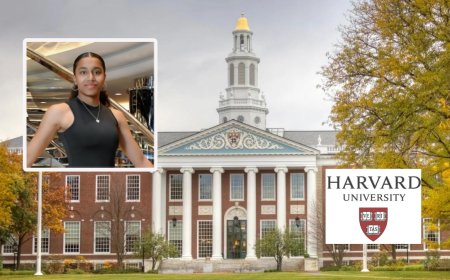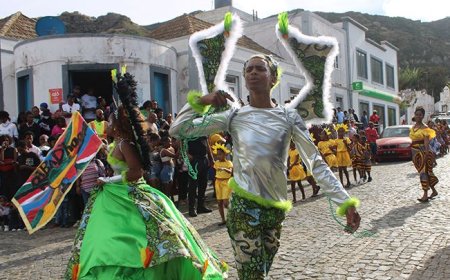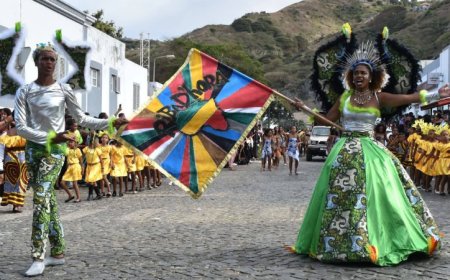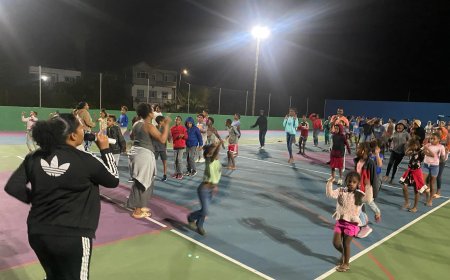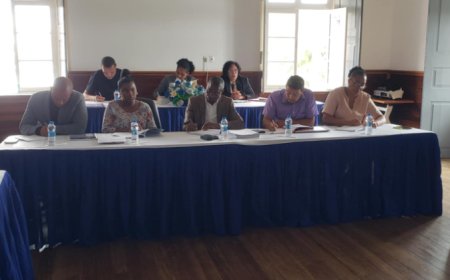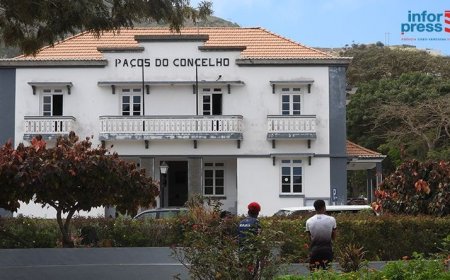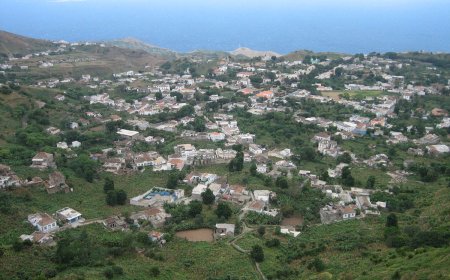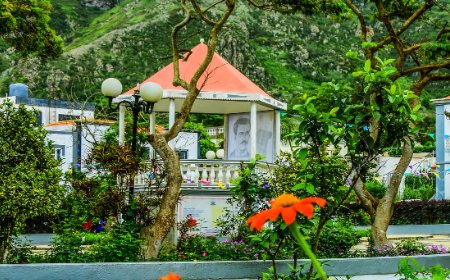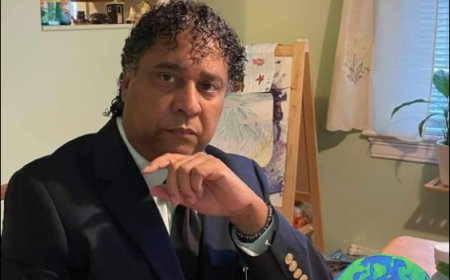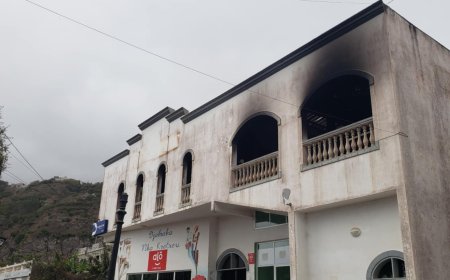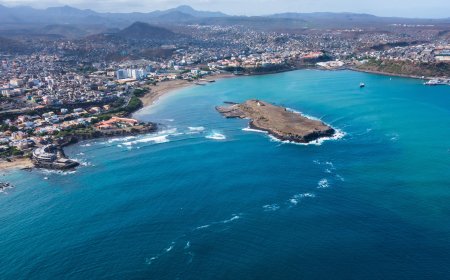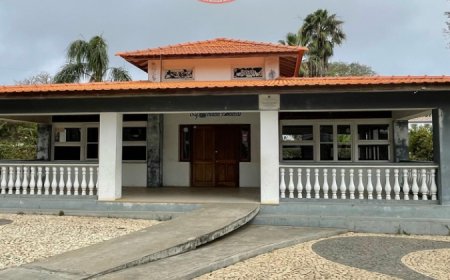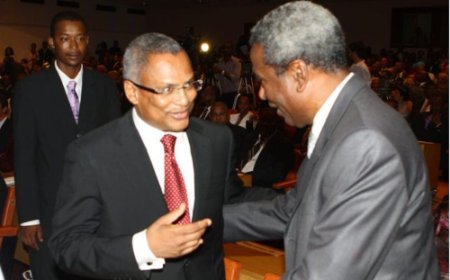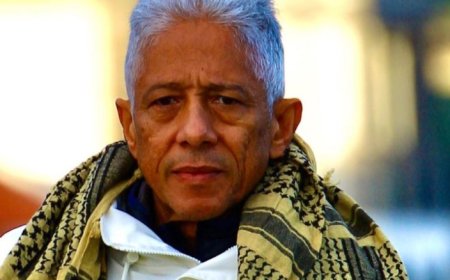Preserving educational heritage, a commitment to identity and history
…Neglecting educational heritage is, without a doubt, disregarding the essence of our history and cultural identity. Each educational institution, each technical and social milestone of education, are living testimonies of values and representation that shaped not only the past, but also the present and the future. Preserving these legacies is not just a matter of physical conservation, but a way of keeping the narrative and essence of our roots alive.
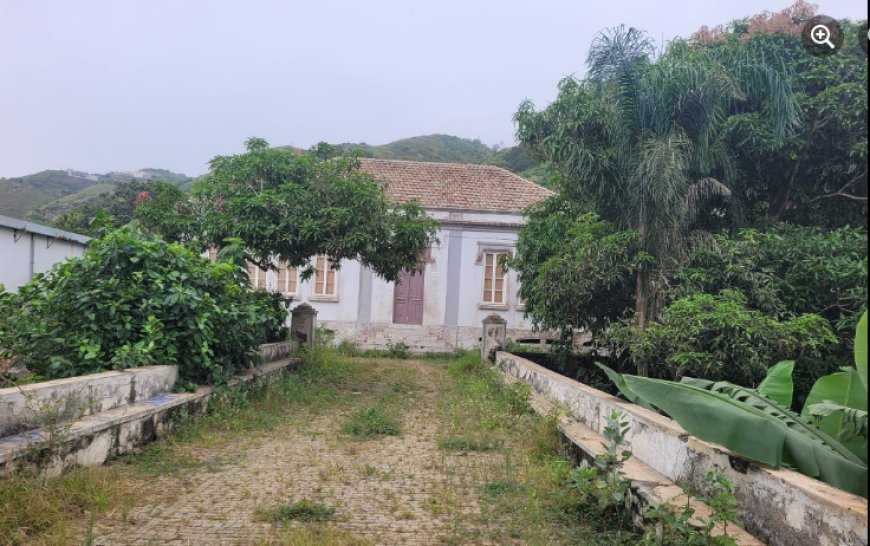
The importance of safeguarding Historical Heritage is closely linked to the construction of a collective memory. It is through the preservation of these landmarks that societies can understand and appreciate the past. This understanding is fundamental for contextualizing the behavior of social groups, cities and nations. The preservation of educational heritage is not just an option, but a commitment that we must honor for the benefit of current and future generations.
Every building, document, instrument or educational site is a window into the knowledge of our past, offering valuable insights into the development of ideas, techniques and pedagogical approaches. These elements represent the pillars on which our educational systems were built. To disregard them is to renounce the opportunity to understand the evolution of knowledge, as well as the origins of our current educational principles.
The preservation of Educational Heritage is not a simple task, as it requires not only financial resources, but also the commitment of efforts and policies dedicated to this purpose. These places often suffer from neglect, lack of funding and the absence of effective conservation planning. It is imperative that we recognize the importance of investing in the preservation of these heritage sites as an investment in our own legacy.
In addition to the historical aspect, the conservation of educational heritage has a direct impact on cultural identity. These places are the foundations that strengthen ties between generations, transmitting values and knowledge that enrich the understanding of who we are as a society. They are learning spaces not only for the information they carry, but also for the connection they provide with cultural and intellectual heritage.
In a world in constant transformation, where technological advancement is accelerated, it is crucial to preserve Educational Heritage as a beacon that illuminates the path from the present to the past. By valuing and protecting these places, we ensure that educational history does not get lost in the whirlwind of progress.
In short, neglecting educational heritage is depriving present and future generations of an essential part of their cultural and intellectual heritage. Preserving these treasures is more than a matter of responsibility; it is a manifestation of respect for our history, identity and, most importantly, a way of ensuring that educational values and legacies are preserved to inspire and instruct generations to come.
Preserving educational heritage: A duty and an opportunity - Case of the Nova Sintra School - Escolona
In addition to the general neglect of valuable educational heritage, another notable example is the neglect of the Central School of the City of Nova Sintra, popularly known as "escolona". This space, owned by the Ministry of Education, remains underutilized, although it could represent a valuable opportunity for the community and the public treasury.
The "escolona" is an emblematic space that holds not only historical value, but also significant potential for public use. Considering the current need to optimize resources and responsible management of the public budget, it is alarming to realize that this location is underutilized. The potential waste of financial resources is evident, especially when considering the substantial amount spent on monthly rent, which could be saved if the "school" was used efficiently.
Its potential to serve as a delegation or multifunctional space is remarkable. The transformation of the "escolona" into a delegation or a place that meets the demands of the community would not only preserve the educational heritage, but would also offer an economical and practical solution. By adopting this approach, we would be preserving not only the historical and educational value of the building, but also meeting the practical needs of society.
The efficient management of a heritage site such as the "escolona" represents a unique opportunity to optimize resources and offer the community a place that respects and honors history, whilst also serving as an active center for educational, cultural and community activities.
However, the reason behind the inaction regarding "schooling" remains unclear. Obscure interests or a lack of vision may be preventing the activation of this important space, depriving the community of a valuable resource.
It is crucial that the competent authorities review this situation and actively consider the effective use of the "escolona". Transparency and responsibility in the management of public assets are fundamental to ensuring that valuable resources are used effectively and beneficially for society.
The preservation of educational heritage should not just be a declaration of intentions, but rather a concrete action that enhances the cultural, educational and social legacy. The rescue of the "school" as a functional and active space is not just a matter of economy, but a commitment to the preservation of our history and identity.
It is time to honor memory, to take advantage of opportunities and to ensure that the educational legacy is preserved for present and future generations. The potential of the "school" is immense; The time has come to turn this potential into reality. Only in this way can we ensure that educational and cultural history is preserved and continues to inspire and educate those who follow it.
Moises Santiago


